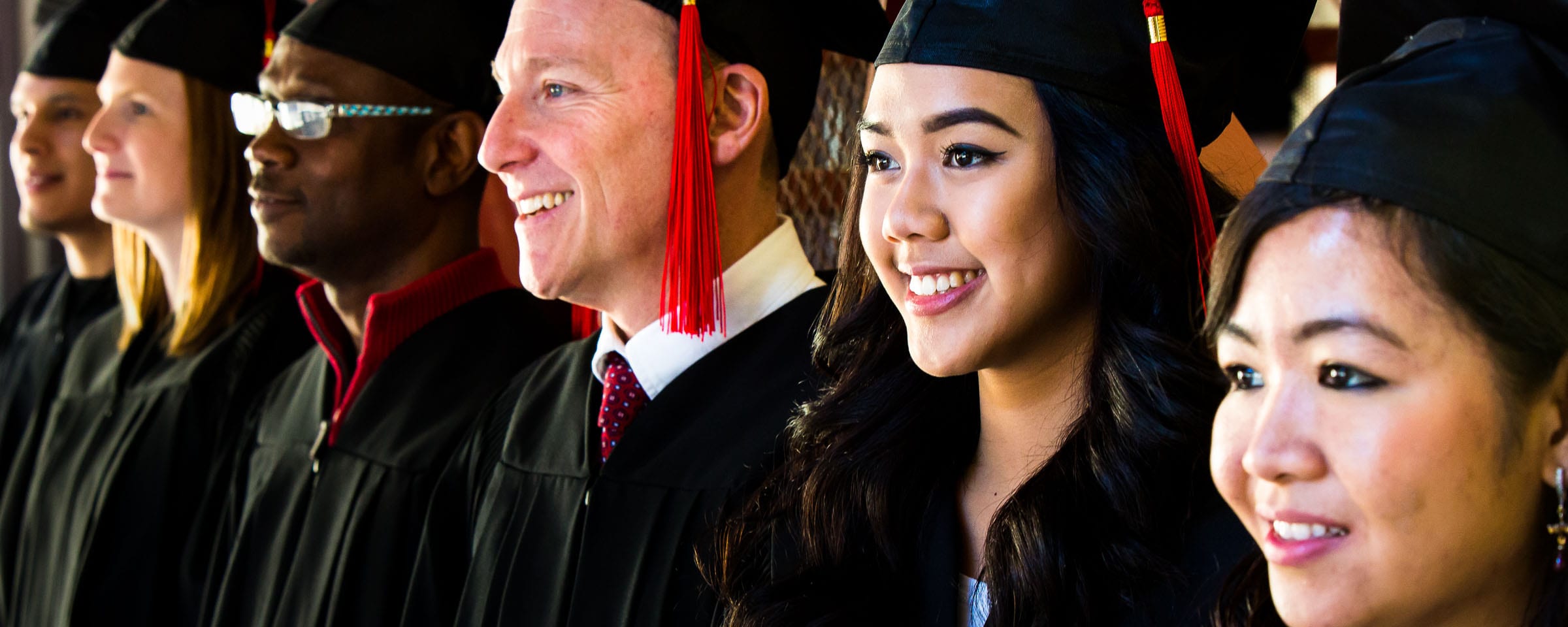Understanding and integrating new technologies: RRC grad helps company offer innovative equipment, solutions
By Stacy Cardigan Smith (Creative Communications, 2006)
Fancy gadgets are integrated into every part of our lives, but how much do you know about how they function?
“It’s really fascinating – we’ve got all these things around us that are electronic and we really don’t know how they work,” says John Chihonik, who decided to study Electronic Engineering Technology at Red River College for just that reason.
“Coming to College and taking an electronics program, you really get to understand these things.”
Today Chihonik, 32, works for Lewis Instruments, a Winnipeg-based surveying and engineering equipment supplier. Part of his job involves learning, integrating and marketing innovative products like 3D laser scanners, GPS reference station networks and even autonomous drones.
“Any kind of new product that we take on, I’ll spearhead learning how to use it and how we’re going to sell it to our customers,” he explains.
Although he didn’t study these specific devices prior to graduating from RRC in 2004, understanding new technologies comes easily for Chihonik.
“The technical background I got from taking an electronics course [at RRC] allows me to understand these things and work with them a little easier then some of the other guys. It’s not that the course material itself is specifically dealing with laser scanners, but having a technical background definitely helps whenever you’re trying to learn a new technology.”
And Chihonik enjoys working with new technologies. Take the autonomous drones, for example.
“That’s something that’s really exciting me and hopefully we’ll be bringing on here in the coming year.”
Chihonik says these drones are already being used in many larger centres to aid in land surveying and mapping.
“[They’re used] anywhere you want to take measurements that a person can’t physically go. Say you’re doing structural analysis on a bridge: instead of getting a man in a lift truck and going up and visually inspecting it, [with] something like this you would fly up under the bridge and take pictures.”
Lewis Instruments was also among the first to introduce GPS reference station networks, which allow for surveyors to take really accurate measurements with less work and equipment.
“Normally [surveyors would] have to set up two GPS systems but with the reference network, we’ve got these base stations that are always running that they can dial in to with a cell modem and receive a correction signal for us,” he explains.
Chihonik gets really excited about the 3D laser scanners too. The tools – which he helped integrate into Lewis Instruments’ offerings – can create a 3D model of a room.
“Say [a customer is] installing new piping or new machinery in a water treatment plant. They’d do a laser scan of the building and it would give them all the existing pipes and cables and machinery and then on the computer they can build a model of the new equipment and slide it in place to make sure it all fits.”
The other part of Chihonik’s work involves customer support and equipment repair – something Lewis Instruments, as a small local business, is proud to supply.
“We’re a small local company and we have to compete with much larger firms. So being able to support everything we sell and keep our customers happy is a big part of why we’re still around.”
Chihonik has been interested in electronics for a long time so choosing Red River College was easy, especially after his uncle recommended the program.
“I enjoyed going to school. The environment at Red River was very conducive. You never feel like you’re under a lot of pressure – the work is hard, but it’s easy to keep up. The program was well designed. The instructors were always willing to work with you to get you through whatever you’re learning.”
For more information about Lewis Instruments, click here.
For more RRC’s Electronic Engineering Technology program, click here.

